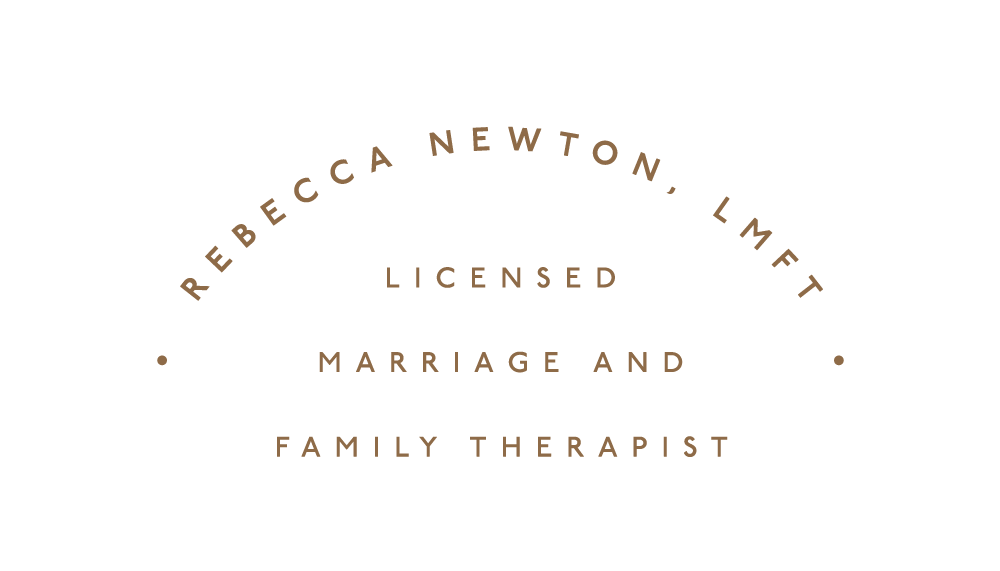Teaching Resiliency Through Goal Setting
I spend a lot of time thinking about how to teach life skills to my daughter. I have always believed that setting an example is the best way to get any point across. I live by the same rules that I want her to follow, and I try my best to set the example of the person I hope that she will turn out to be.
I have been thinking a lot about resiliency because it seems to be a bit of a buzz word lately. I also know that the current teenage population is in crisis. It appears that teens are lacking resiliency and coping skills. They are anxious and suicidal and it is a scary time in our culture. So I read articles and contemplate these things a lot. I try to think up ways to teach my daughter some of these skills to (hopefully) mitigate some of the problems she will face in her teen years.
There isn't really a direct way to teach resiliency. Its a skill. You have to experience your own strength and capability under pressure to develop this skill. I can't force uncomfortable situations on my daughter in order to help her through them, so I decided to approach it from a different angle: goal setting. We have dinner together at the table every single night which is super important to me (and maybe a topic of a whole other post!). This is a great time to catch up, discuss life, and regroup as a family. This is also a great time for me to trap everyone and force my secret coping-skill-building agenda on them while they eat their dinner unsuspectingly. This is the rundown:
1. Everyone sets short-term and long-term goals. (My daughter added in the category of "medium-term goals" too, and I of course agreed.) I made sure to set at least one goal that would be challenging for me so that I can create a dialogue along the way to show her how I approach challenges.
2. We brainstorm a few ideas about how we will accomplish these goals. (I had to help my daughter a bit with this part, she didn't know how to create a plan to work on her goals. So I gave some ideas and she picked from those.)
3. The adults discuss ways in which their goals might be challenging for them (this is to model that goals are not always easy).
4. Now, from time to time we will check back in on our goals. I have already thought about ways to model a healthy struggle with my goals. I plan to discuss the goals that I have not been able to reach, why I haven't, and how I am planning to continue to work at them even though I haven't been able to complete them. I plan to talk about my disappointment in myself, my inability to prioritize, my time management disasters, and my fears. These are all part of the process and I want to give my daughter the gift of watching me struggle. I want to give her the gift of watching how I relate to my goals so that she can begin to understand how to keep trying even in the face of failure. I want to watch her set goals that she succeeds in, as well as some that she fails at, because I will be right beside her to help her through those moments. I want her to start to learn these early resiliency skills now so that she can cope when life in high school gets difficult.
You can do this, too. You can create the environment of growth, openness, support, and communication in your family by modeling it yourself. No matter how old your children are you can begin to teach them new skills for resiliency, coping, growth, and exploration.
If communication is difficult for you because of any reason, I am happy to help you develop your skills and gain awareness of where you developed blocks to communication.
Rebecca Newton, MFTI
